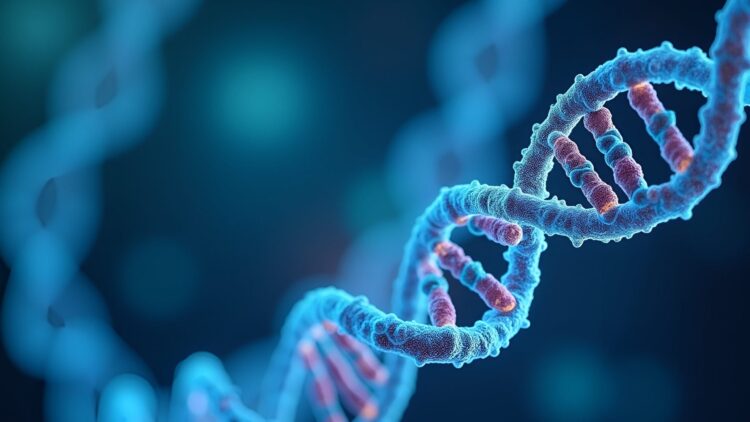Studying the past somehow always seems like it would be a good and easy idea, as it already happened and as many surprises as it can throw at us, we already know what happened next. But sometimes we go into a study expecting to confirm what we already know, and we end up coming out with a new theory or even without any of the evidence we thought we would have. This is what happened to Andrea Casas Vargas, bacteriologist from the University of Santander, who set to analyze the complete genomes of 21 individuals who inhabited the Cundiboyacense plateau between 6,000 and 500 years ago to confirm the origins of the local population and ended up finding something completely different in their DNA.
In an interview with El Pais, Casas was asked why they chose these 21 individuals, and as he explained (translated) “It’s one of the first studies on ancient DNA in Colombia with complete genomes, that is, the complete sequence of nucleotides that constitutes the DNA of each individual. Until now, there have been studies from other places on the continent, including South American countries such as Brazil, Chile, and Argentina. We managed to sequence the genomes of 21 individuals from different archaeological periods found in the country: the pre-ceramic, that is, the oldest, hunter-gatherers dating back 6,000 years; the formative or Herrera period, who came from the Herrera Lagoon in Madrid (Cundinamarca); and the agro-ceramic, which includes the Muisca and Guane, for example. It’s very interesting to see how these first settlers of Colombia have transformed.”
Casas belongs to the Population Genetics and Identification Group at the National University, who are leading this project. They wanted to see if the 21 individuals genome could give some clues as to the current population, and instead found that there is no relationship with other indigenous peoples of the Americas. This was unexpected, and their analysis published in the journal Science Advances brought together 11 academics, four from the National University and one from the University of Los Andes, as well as researchers, especially from the University of Tübingen and the Max Planck Institute for Evolutionary Anthropology in Leipzig, Germany.
How these DNA findings affect what we know about the population in Colombia today
Well, as Casas continues, the most fascinating discovery is that they died without leaving any descendants that can be tracked today. “We found that the oldest individuals had a lineage they don’t share with individuals from the rest of the continent. When comparing these sequences with the other reference samples, we discovered they have no ancestral connection. Normally, in research on other samples from the American territory, a common ancestor is found, who crossed the Bering Strait and reached North America and from there to the Southern Cone. But we hadn’t found these lineages; we don’t know where they came from. They may come from other waves of migration from North America, but they haven’t been analyzed yet. This is very important.”
Civilizations do not just disappear off the face of the Earth without any trace whatsoever, we can usually find some traces of them somewhere else, but it is not the case with these individuals. Casas concludes “There could have been some environmental event that led to their extinction, but this is more of a topic for archaeologists who study environmental changes. It’s difficult to know specifically what happened to these peoples.”
This fascinating study is only the beginning. Because of the unexpected results, we can guarantee that there will be a lot more studying of these remains, and we will find many disciplines involved to try to find out what happened to these individuals and why their DNA is no longer part of ours.

